A consumer's background influences how they consume content, products, and services. Thus, any marketing strategy must consider their traditions, languages, customs, beliefs, and experiences when crafting messages.
Multicultural marketing focuses on understanding these influences. It uses them to help you improve your communications with your target audiences.
Changes to the cultural landscape in the U.S. and abroad make it imperative for businesses to include multicultural marketing in their marketing strategies.
For instance, Hispanics in the U.S. are set to reach the 111 million mark by 2060, according to the U.S. Census Bureau.
Image via U.S. Census Bureau
Multicultural consumers are growing fast in the United States, and businesses need to start adopting a multicultural marketing approach to connect with them.
Before we head into the specifics of this multicultural marketing strategy, let’s take a closer look at why it’s so important.
Table of Contents
Why is Multicultural Marketing Important?
Marketing in the U.S. has become complex. To survive, marketers must target all subcultures within their target audience. They need to use appropriate and effective, culturally-specific messaging and multicultural marketing campaigns.
You need to start your marketing strategy with research into the cross-cultural differences of all of your target audiences.
It’s also essential to involve different departments when crafting personalized messages. This ensures that they also understand how the differences affect communication patterns and marketing activities.
Let’s now try to understand why a multicultural marketing strategy is more important now than ever before.
Changing Demographics and the Boom in Multicultural Populations
As of 2018, 133 million multicultural Americans were living in the US, according to Clarita's report. That is around 37.5% of the total U.S population.
Image Source: Claritas
Nearly all of the population growth in the U.S. has come from multicultural segments. Between 2009 and 2019, there was an 83% growth in the Hispanic population.
Currently, the minority groups represent the majority of the population in most US counties. This growth will likely continue into the foreseeable future and understanding it is essential for marketers. It leads to diversity that complicates the multicultural marketing process.
Brands should not assume that audiences will take on the majority experience. Young people tend to try to fit into dominant cultures as teenagers. However, when they start their own families, they often revisit their heritage.
Consumers who identify as multiracial take on diverse cultural paradigms and behaviors. It becomes hard to put them into one marketing box. Thus, businesses must change workplace dynamics, lifestyles, and cultural references in their marketing efforts.
For instance, your target audience may all speak English, but they’ll appreciate it if you make an effort to communicate in their language and understand their culture.
The language through which you communicate with them with your multicultural marketing strategy will help build stronger connections with them. This, in turn, can grow their trust in your brand, and you can exert a greater influence on them.
Different cultures have different norms and values that influence how people think, act, and feel. People who identify with a certain culture often share the same language, values, and social views. These shared values influence behavioral purchase processes.
That’s why you must implant the cultural standards and values in your messages and multicultural marketing strategy. When consumers see that a brand respects their culture, they’ll be more likely to develop an affinity towards it.
Growing Purchasing Power of Multi-ethnic and Multicultural Groups
The buying power of minorities is growing at a faster rate than that of white consumers according to a UGA report. The reasons for this include changes in demographics, entrepreneurial activities, and increased educational achievements.
Brands fail at multicultural marketing because they aren’t able to understand these groups. They aren’t able to figure out that a customer’s culture affects their purchase behavior.
A multicultural consumer is more likely to buy products and services that reinforce their cultural roots. It’s one of the reasons companies that fail to consider this receive backlash or aren’t able to reach the full potential of their multicultural marketing strategy.
Brands that want to target the powerful minority groups spending power must change their multicultural marketing strategies.
They need to design multicultural marketing messaging that appreciates the values and cultures of these minorities. Their messages should have an authentic appeal to influence behaviors and tastes.
High ROI Associated with Multicultural Marketing Campaigns
Multicultural marketing requires a mindset that embraces diverse audiences. This strategy targets more than just one majority audience to ensure sustainability. It embraces, understands, and operates in a multicultural marketplace.
Your strategies should also embrace a diverse audience to establish connections with target consumers. By doing multicultural marketing, your ads and messaging will be highly segmented and will resonate well with your target audience.
In its most basic sense, multicultural marketing means a complete understanding of the audience without a one-size-fits-all approach.
Communicating this way gives you a greater chance of delivering relevant messages. 56% of marketers felt that it improves the customer experience, while 61% of them thought that it increases conversions.
Image via Evergage
Enormous Opportunities in Untapped Market Segments
Millennials, who make up the majority of the multicultural market, are loyal to the brands that meet their needs. When they get what they want from a brand, they share it with their families and contacts.
Overall, 49% of consumers who get a positive experience encourage others to shop from the brand online.
These consumers maintain their heritage but also explore other cultures. They enjoy multicultural experiences in terms of entertainment, food, and shopping. However, you cannot put them all into one box.
Research into these diverse cultures can present many opportunities for your brand. What values do your customers appreciate? What are their experiences, histories, and upbringings like?
Asking such questions will help you figure out the cultural mindset of your customers.
Your messaging should address all of the interests and values of a multicultural consumer. Take the consumer's view of the society around them into account when planning your marketing campaigns.
You can then provide authentic experiences and messaging, even to buyers from different cultures.
Multicultural Marketing: The Long Path Ahead
Choosing to ignore the need to market to diverse audiences means a loss of opportunities to grow your customer base.
Statistics from Nielsen show that African Americans are contributing significantly to the overall market. In some key product categories, their expenditures represent more than 50% of the overall spending. They also spend a total of $1.2 trillion annually.
Despite these powerful statistics, the multicultural market remains untapped by most brands. Marketers do not see the importance of the multicultural angle. They don’t understand why they should diversify their marketing strategies.
Multicultural consumers represent almost 40% of the U.S. population. However, media investment in multicultural efforts is only at 5.2% of total media. Marketers aren’t spending enough to reach these consumers.
Image via ANA
Marketers willing to diversify their consumer base need to connect with consumers on a personal level. Translating or repurposing existing content into a different language is not enough. The translation is necessary, but language alone does not deepen connections with consumers.
Your brand needs to understand the interests, desires, and pain points of your diverse audience. Apart from race, brands overlook other aspects of diversity like religion, location, income, sexual orientation, gender identity, and age that further identify people.
To succeed, you need to recognize the differences that better define your target audience. It’s the only way you can craft messages that will speak directly to your diverse range of consumers.
Marketing strategies that worked for one region may not work for another. Brands lack or have a limited understanding of their target audience. They assume that coming from a certain culture makes you an expert at reaching a particular subgroup.
Experience with the culture is great, but it is not enough to understand the nuances involved in marketing to that group. Living in a culture does not guarantee that you know it. Experienced marketers figure out the sensitivities that accompany each of the markets they target.
The lack of sensitivity, disrespect, and racism has led to backlashes on big brands that missed the mark.
For example, H&M faced backlash in early 2018 for using the words, “Coolest Monkey in the Jungle” on a hoodie worn by a young black boy. The enraged customers accused the company of lacking sensitivity on cultural differences.
Image via The Washington Post
Companies that don’t consider how a message will resonate with their audience fail at their marketing campaigns.
When creating the messages, use a knowledgeable marketer or partner with an influencer from the particular culture. You will avoid insensitive mistakes and instead strengthen your brand image.
To succeed and avoid pitfalls, ensure that the message portrays your audience correctly. Do not generalize your marketing strategies or target market. Instead, work on personalizing your marketing efforts.
Procter & Gamble is an example of a company that’s doing exceedingly well at multicultural marketing.
Image via YouTube
Conclusion
Brands must adapt to the changing marketplace and diverse consumer needs. It's the only way they can grow and build and maintain meaningful connections.
Adopting a multicultural marketing strategy can help you remain relevant in a competitive marketplace.
You must embrace an inclusive cultural view right from the planning stage to execution. The approach should not only be used by your marketing department but your entire organization. It's the only way to appreciate the full benefits of multicultural marketing.
You can leverage the power of multicultural marketing to craft campaigns that resonate with a diverse range of consumers. It’s a marketing strategy that will grow your revenue, and help you reach untapped markets.
What are some of the benefits you have achieved from multicultural marketing in your company? Do you have any tips or insights to add? Let me know in the comments.

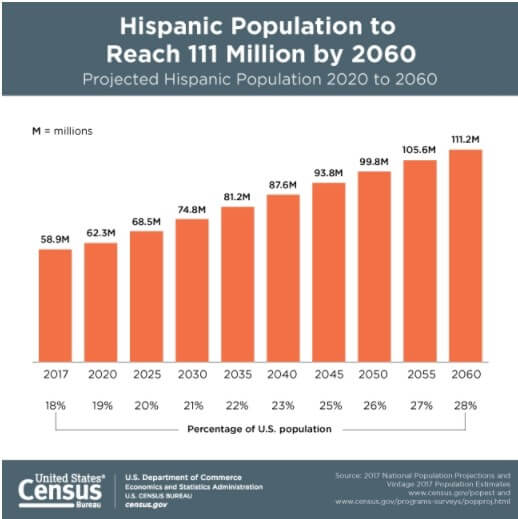
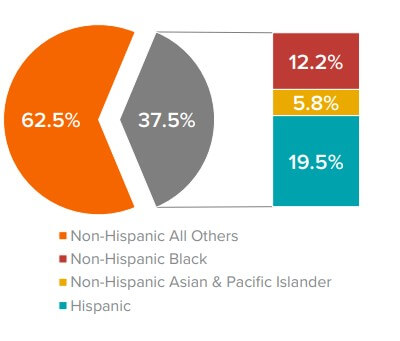
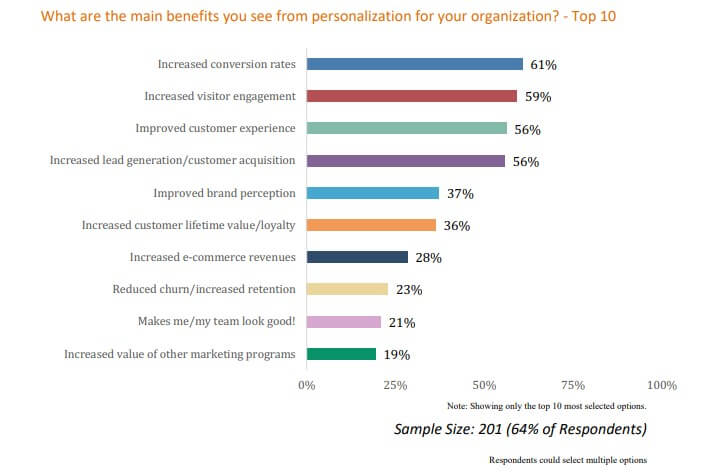
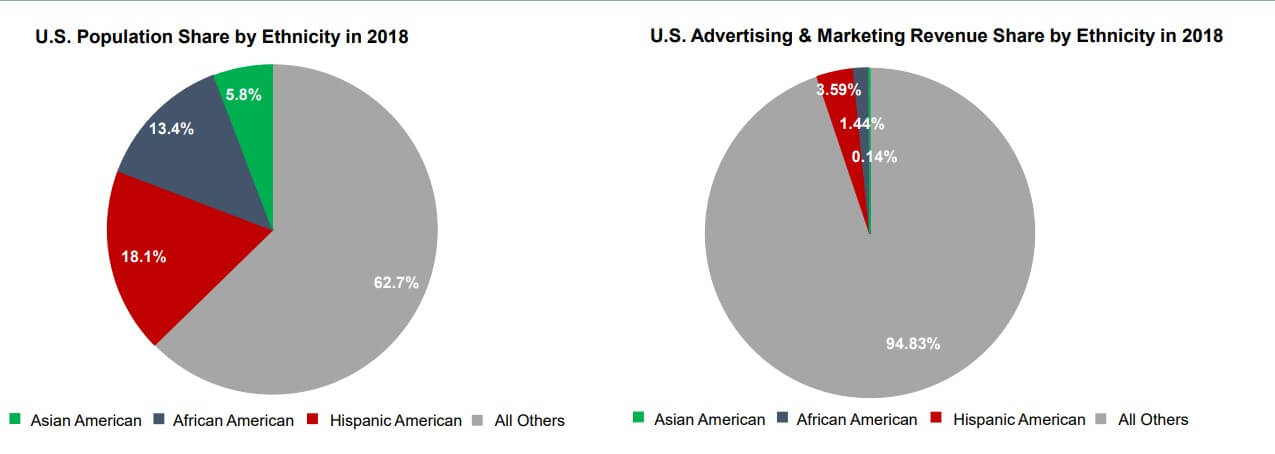
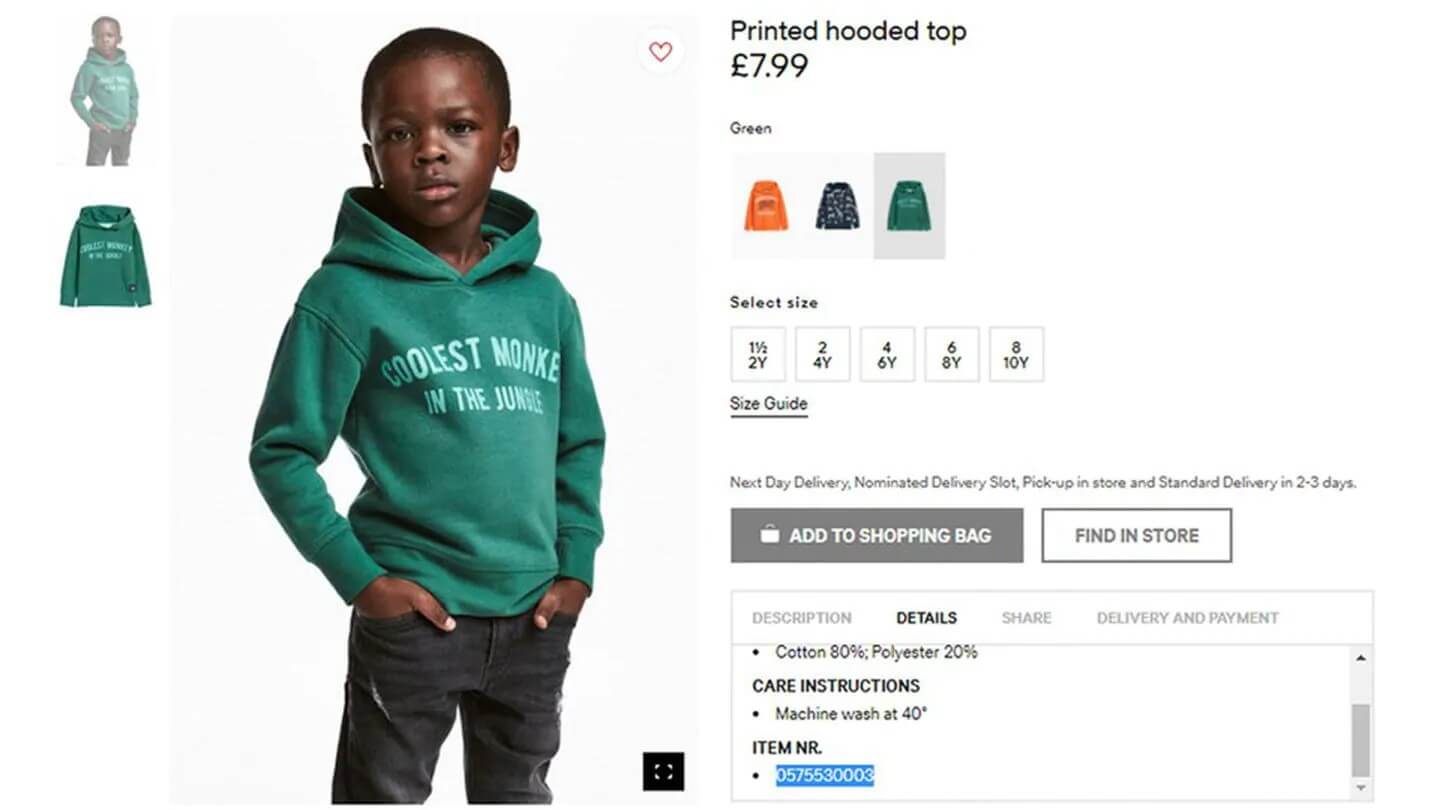


Related Articles
What is Digital Marketing? Everything You Need to Know
Best Blogger Outreach Tool – 21 Tools to Minimize Your Outreach Efforts
33 Free Google Marketing Tools for Marketers and Developers
22 Best Online PR Tools to Build and Monitor Media Relations
Digital Marketing for Startups: The Strategies to Use in 2024